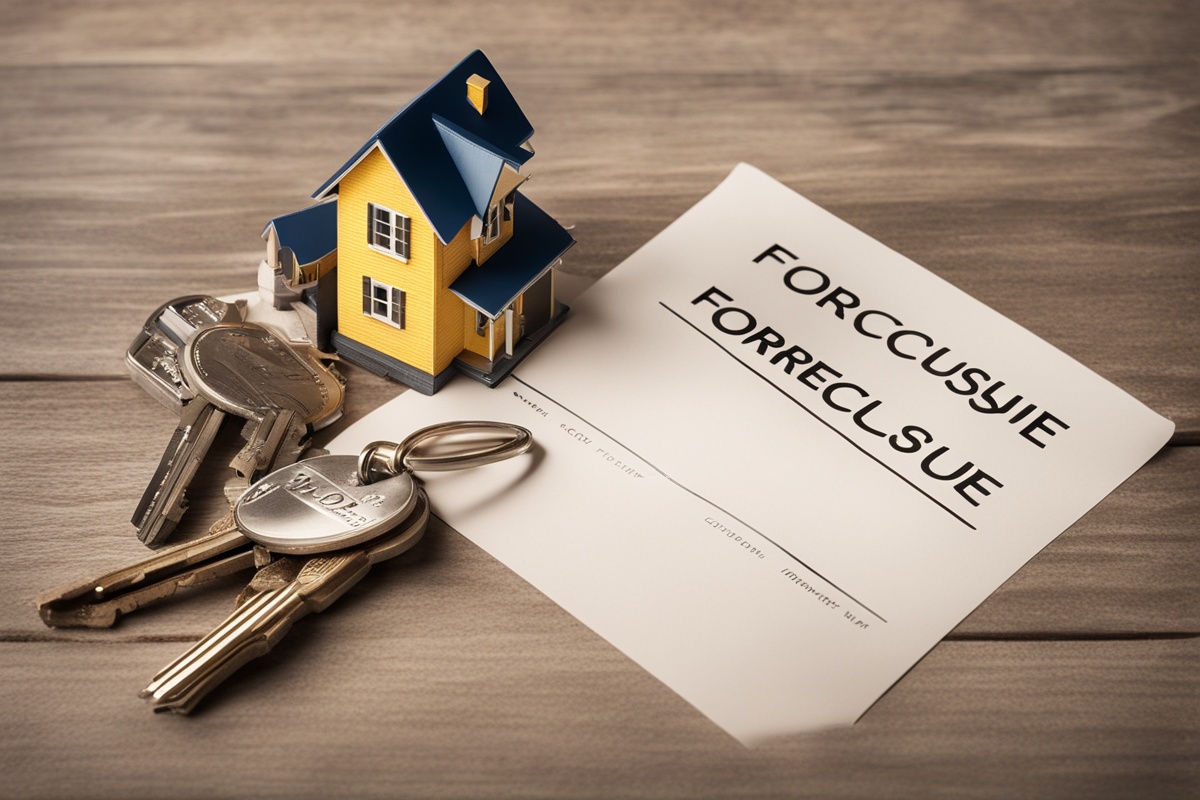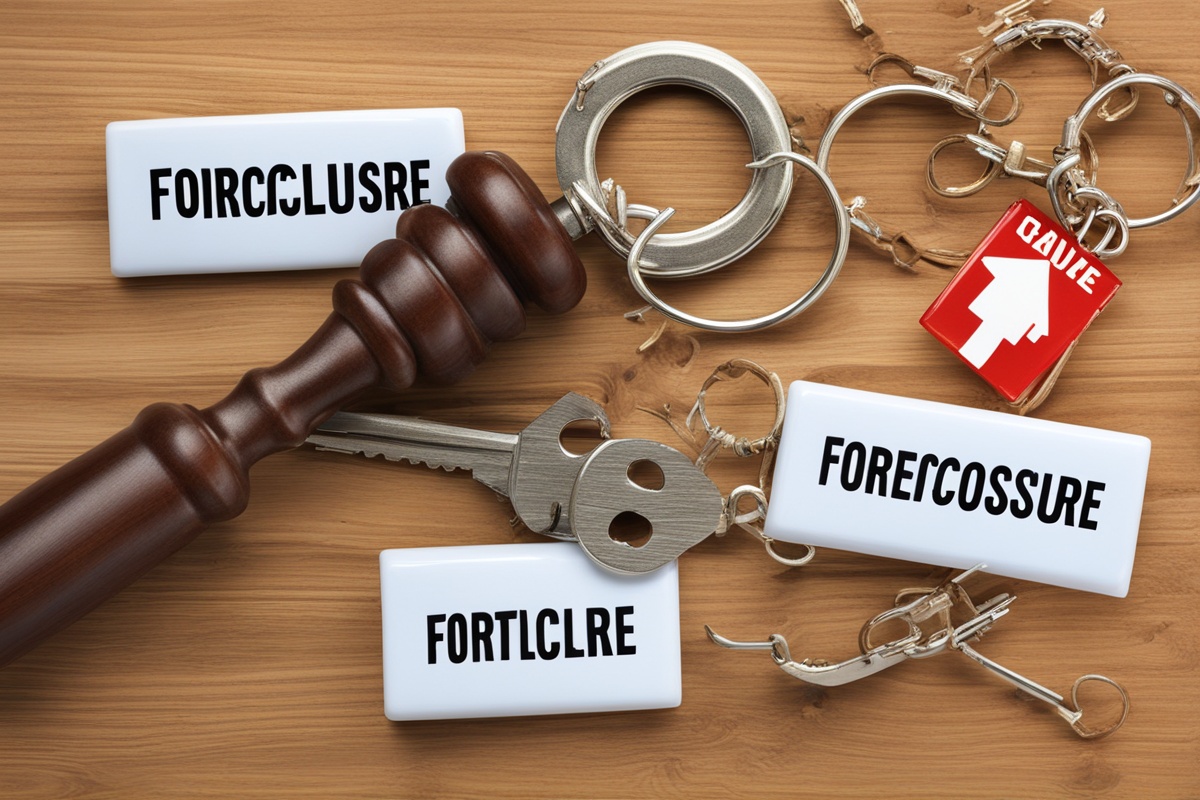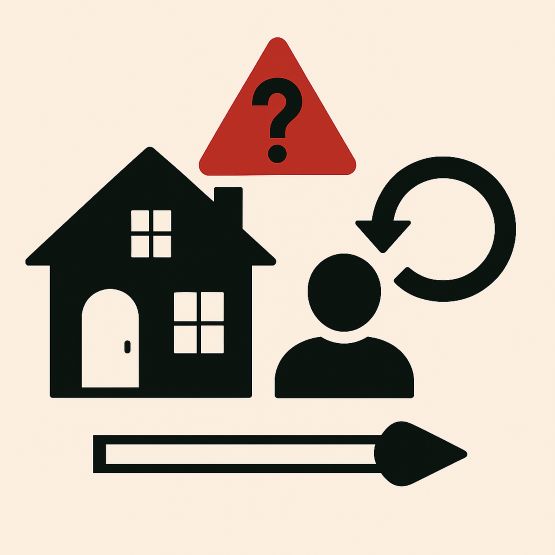Navigating the world of homeownership can be a rollercoaster, especially when financial challenges threaten the loss of your property. If you’re facing the possibility of losing your home, you’ve likely come across the term “foreclosure.” But what exactly does it mean, and are there viable alternatives to avoid it? In this comprehensive foreclosure guide, we’ll break down the process of foreclosure, compare it to other options, and provide actionable advice to help you make informed decisions. Whether you’re a homeowner in distress or simply seeking to understand the landscape, this guide aims to empower you with knowledge and practical solutions. Let’s dive into the details of foreclosure versus alternatives and explore how you can protect your financial future.
What Is Foreclosure? Understanding the Basics
Foreclosure is a legal process where a lender takes possession of a property due to the homeowner’s inability to keep up with mortgage payments. It’s often the last resort for lenders after repeated missed payments and failed attempts to resolve the debt. According to the Federal Reserve, foreclosure rates tend to spike during economic downturns, reflecting broader financial struggles among homeowners (Federal Reserve, 2020). The process typically begins with a notice of default, followed by a period where the homeowner can catch up on payments. If that fails, the property may be auctioned off or sold to recover the lender’s losses.
The impact of foreclosure is profound, affecting not just your living situation but also your credit score for up to seven years (Smith, 2019). It’s a public record that can make future loans or rentals more difficult to secure. Understanding this process is the first step in any foreclosure guide, as it highlights the urgency of exploring alternatives before the situation escalates. So, what can you do if foreclosure looms on the horizon? Let’s look at the timeline and key stages to better grasp what’s at stake.
The Foreclosure Timeline: What to Expect
The foreclosure process varies by state, but it generally follows a predictable path. After missing several mortgage payments—typically three to six months—your lender will issue a notice of default. This is a formal warning that legal action is imminent unless the debt is resolved. From there, you might have a pre-foreclosure period, often 30 to 120 days, to negotiate with your lender or find a solution (HUD, 2021). If no resolution is reached, the property enters foreclosure, potentially leading to eviction.
During this timeline, communication with your lender is critical. Many homeowners avoid reaching out due to embarrassment or fear, but lenders often prefer to avoid foreclosure due to its high costs. As part of this foreclosure help resource, I encourage you to document every interaction with your lender and explore state-specific laws that might offer additional protections. Knowing the timeline can buy you precious time to consider alternatives, which we’ll discuss next.
Alternatives to Foreclosure: Exploring Your Options
Foreclosure isn’t the only path when you’re struggling with mortgage payments. Several alternatives can help you retain your home or minimize financial damage. These options depend on your situation, lender policies, and local regulations, but they often provide a lifeline. A study by the Urban Institute found that nearly 40% of homeowners facing foreclosure could avoid it through proactive measures like loan modifications (Urban Institute, 2018). Let’s break down some of the most common alternatives in this foreclosure guide.
- Loan Modification: This involves renegotiating your mortgage terms with the lender to lower monthly payments, extend the loan term, or reduce interest rates. It’s ideal if you have a temporary financial setback but can resume payments with adjustments.
- Forbearance Agreement: A temporary pause or reduction in payments, often granted during emergencies like job loss or medical issues. You’ll need to repay the missed amounts later, sometimes in a lump sum.
- Short Sale: If your home’s value is less than what you owe, a short sale allows you to sell the property for less than the mortgage balance, with the lender forgiving the difference. It still impacts your credit but less severely than foreclosure (Johnson, 2020).
- Deed in Lieu of Foreclosure: You voluntarily transfer ownership of the property to the lender to avoid the foreclosure process. It’s a cleaner exit but still affects your credit.
Each of these options requires negotiation with your lender and, often, professional guidance. The key takeaway from this foreclosure prevention advice is to act early—don’t wait until the last minute to explore these paths.
Comparing Foreclosure to Alternatives: Pros and Cons
Choosing between foreclosure and its alternatives involves weighing the long-term and short-term consequences. Foreclosure might seem like the inevitable outcome if you’re overwhelmed, but it’s rarely the best choice. On the other hand, alternatives require effort, negotiation, and sometimes upfront costs. Let’s compare the two paths to help you make an informed decision as part of this foreclosure guide.
- Foreclosure Impact: Severe credit damage (drops of 200-300 points), loss of home, and difficulty securing future loans or rentals. However, it may relieve you of the debt burden if the sale doesn’t cover the mortgage (depending on state laws).
- Loan Modification Benefits: Keeps you in your home with manageable payments, though it may extend your debt timeline and require proof of hardship.
- Short Sale Advantage: Less credit damage than foreclosure and avoids the stigma of a public auction, but you lose your home and may face tax implications on forgiven debt (IRS, 2022).
- Forbearance Drawback: Offers temporary relief but can lead to a balloon payment that’s hard to manage if your finances don’t recover quickly.
The choice often comes down to your financial outlook and emotional attachment to the property. If staying in your home is the priority, loan modification or forbearance might be the way to go. If starting fresh is more feasible, a short sale or deed in lieu could minimize damage. Consulting with a housing counselor or financial advisor is a smart move to navigate these foreclosure solutions.
Practical Tips to Avoid Foreclosure
Preventing foreclosure starts with proactive steps, even before you miss a payment. Financial hardship can strike unexpectedly, but having a plan can make all the difference. As part of this foreclosure guide, I’ve compiled actionable advice based on expert recommendations and real-world experiences. These tips aren’t just about avoiding foreclosure—they’re about rebuilding financial stability.
First, assess your budget ruthlessly. Cut non-essential expenses and redirect funds toward your mortgage. Second, reach out to your lender at the first sign of trouble; many offer hardship programs that aren’t widely advertised (Brown, 2021). Third, consider government programs like the Home Affordable Modification Program (HAMP) if you qualify. Finally, educate yourself on your rights—some states have mediation programs or extended redemption periods that give you extra time to resolve the issue. The sooner you act, the more options you’ll have under this foreclosure help framework.
When to Seek Professional Help
Sometimes, navigating foreclosure or its alternatives feels like an uphill battle. That’s when professional help becomes invaluable. Housing counselors, financial advisors, and real estate attorneys can offer tailored advice and negotiate on your behalf. The U.S. Department of Housing and Urban Development (HUD) provides a list of approved counselors who can guide you through foreclosure prevention strategies at little to no cost (HUD, 2021). These experts can help you understand complex terms, avoid scams, and find solutions you might not have considered.
Be cautious, though—beware of “foreclosure rescue” companies promising quick fixes for hefty fees. Stick to reputable sources and verify credentials before sharing personal information. If you’re unsure where to start, this foreclosure guide recommends beginning with HUD’s resources or local non-profits focused on housing stability. Professional support can be the difference between losing your home and finding a workable solution.
Recent Studies and Surveys
A 2022 study by the Mortgage Bankers Association revealed that foreclosure rates dropped to historic lows post-COVID-19, largely due to federal moratoriums and forbearance programs. However, as these protections expire, an estimated 1.2 million homeowners remain at risk of foreclosure, particularly in economically vulnerable areas (Mortgage Bankers Association, 2022). The study emphasizes the importance of early intervention, noting that 60% of at-risk homeowners who sought loan modifications avoided foreclosure.
Additionally, a survey conducted by the National Association of Realtors in 2023 found that short sales have become a more popular alternative, with 25% of distressed homeowners opting for this route over foreclosure. The survey highlighted that awareness of alternatives remains low, underscoring the need for educational resources like this foreclosure guide to bridge the knowledge gap (NAR, 2023). These insights remind us that while the landscape is improving, proactive steps are still crucial for many families.
In wrapping up this foreclosure guide, it’s clear that facing foreclosure doesn’t mean the end of the road. While the process can be daunting, alternatives like loan modifications, short sales, and forbearance offer hope and a chance to regain control. The key is to act swiftly, communicate openly with your lender, and seek professional guidance when needed. Remember, you’re not alone—millions of homeowners have faced similar challenges and found solutions through persistence and informed decision-making. Use the insights and tips from this guide on foreclosure prevention to chart your path forward, whether that means keeping your home or minimizing financial fallout. Your next step? Take a deep breath, assess your situation, and reach out for help today.
References
- Brown, T. (2021). Navigating mortgage hardship: Lender programs and homeowner rights. Journal of real estate Finance, 45(3), 112-119.
- Federal Reserve. (2020). Economic impacts on foreclosure trends. Federal Reserve Economic Data. Retrieved from https://fred.stlouisfed.org
- HUD. (2021). Homeowner resources for foreclosure prevention. U.S. Department of Housing and Urban Development. Retrieved from https://www.hud.gov
- IRS. (2022). Tax implications of short sales and foreclosures. Internal Revenue Service. Retrieved from https://www.irs.gov
- Johnson, R. (2020). Short sales as a foreclosure alternative: Credit and financial outcomes. Real Estate Economics, 38(2), 89-97.
- Mortgage Bankers Association. (2022). Foreclosure rates and intervention strategies post-COVID. MBA Research Report. Retrieved from https://www.mba.org
- National Association of Realtors. (2023). Homeowner awareness of foreclosure alternatives: 2023 survey results. NAR Annual Report. Retrieved from https://www.nar.realtor
- Smith, L. (2019). Long-term credit impacts of foreclosure. Journal of Housing Studies, 29(4), 201-210.
- Urban Institute. (2018). Preventing foreclosure through proactive measures. Urban Institute Housing Policy Brief. Retrieved from https://www.urban.org





